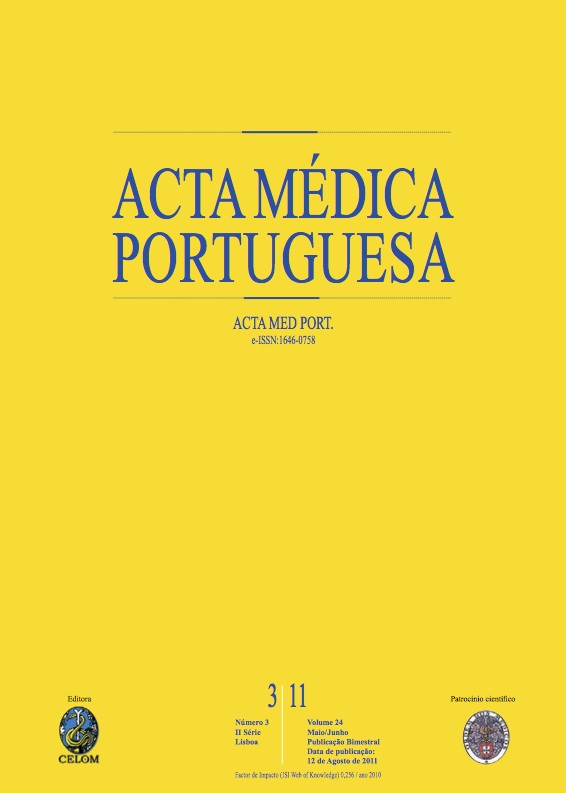Synthesis of large wounds of the body wall with rubber elastic band.
DOI:
https://doi.org/10.20344/amp.462Abstract
The large wounds of the body wall, due to traumas, removal of tumors or prolonged laparostomies are a difficult surgical challenge with complex treatment. This paper presents the efficacy of the closure of large surgical wounds using rubber elastic bands.One or two circular rubber elastic bands were sutured under mean tension at the opposite edges of 22 large wounds located in different body sites. These rubber strips were replaced when they were broken or re-fixed when they have lost their tension until the complete closure of the wounds.Complete closure was achieved without any other surgical procedure or device in 21 wounds and one wound reduced its dimensions. No major complication due to this treatment was verified.The synthesis of large wounds with rubber elastic bands kept under mean tension is a simple, efficacious and inexpensive surgical option that may be useful for treatment in several circumstances.Downloads
Downloads
How to Cite
Issue
Section
License
All the articles published in the AMP are open access and comply with the requirements of funding agencies or academic institutions. The AMP is governed by the terms of the Creative Commons ‘Attribution – Non-Commercial Use - (CC-BY-NC)’ license, regarding the use by third parties.
It is the author’s responsibility to obtain approval for the reproduction of figures, tables, etc. from other publications.
Upon acceptance of an article for publication, the authors will be asked to complete the ICMJE “Copyright Liability and Copyright Sharing Statement “(http://www.actamedicaportuguesa.com/info/AMP-NormasPublicacao.pdf) and the “Declaration of Potential Conflicts of Interest” (http:// www.icmje.org/conflicts-of-interest). An e-mail will be sent to the corresponding author to acknowledge receipt of the manuscript.
After publication, the authors are authorised to make their articles available in repositories of their institutions of origin, as long as they always mention where they were published and according to the Creative Commons license.









